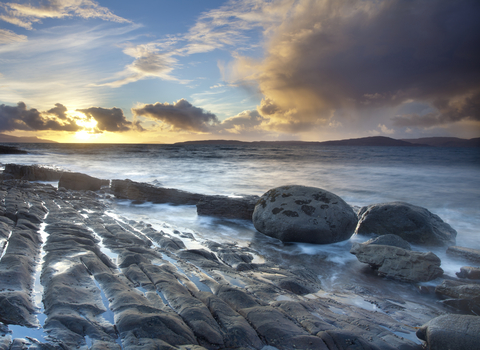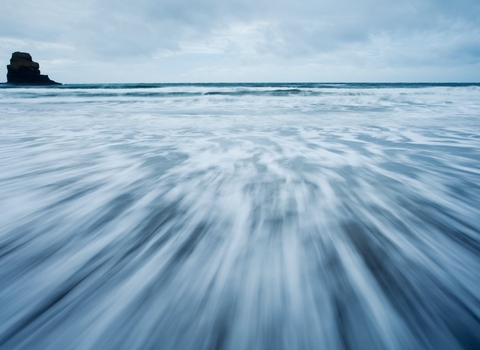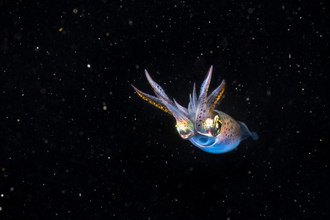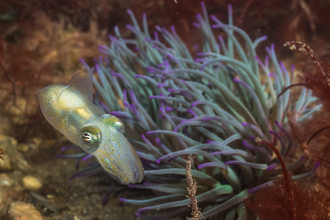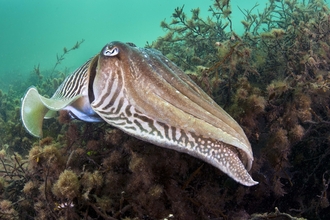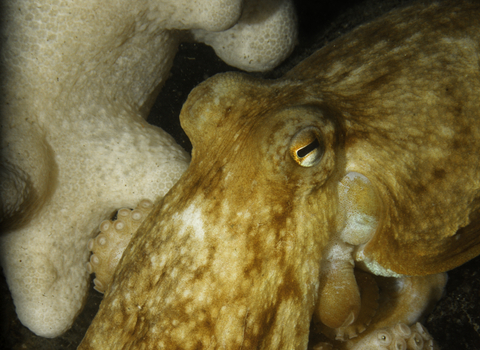
Common octopus ©David Stephens
Common octopus
The common octopus is a highly intelligent, active predator. It even has a secret weapon - special glands produce a venom that it uses to incapacitate its prey!
Scientific name
Octopus vulgarisWhen to see
January to DecemberSpecies information
Category
Statistics
Length: 60-100cmConservation status
Common
Habitats
About
Octopuses are relatives of squid and cuttlefish - a group of molluscs known as cephalopods. Octopuses have 8 arms attached to their head, each with a double row of suckers. They have a soft-bag like body and can squeeze into the smallest of spaces to avoid predators or hide from their prey. The common octopus's favourite food is crabs - in fact a pile of empty crab shells is normally a sign that a well-fed octopus is somewhere nearby! These piles of discarded shells are called a midden. Octopuses are pretty inactive during the daytime, so it's easier to spot them out and about on a night dive. They are masters of camouflage and will change colour and texture depending on their mood or the situation.How to identify
A large octopus with a bag-like body and 8 long arms, each with 2 rows of suckers. Body is warty and changes colour depending on the environment and its mood, though it normally appears brownish-green.Distribution
Most common on south and west coasts of the UK.Did you know?
Female common octopuses are devoted mothers, watching over her eggs night and day and flushing them with water from her funnel in order to keep them aerated. She normally dies after they have hatched.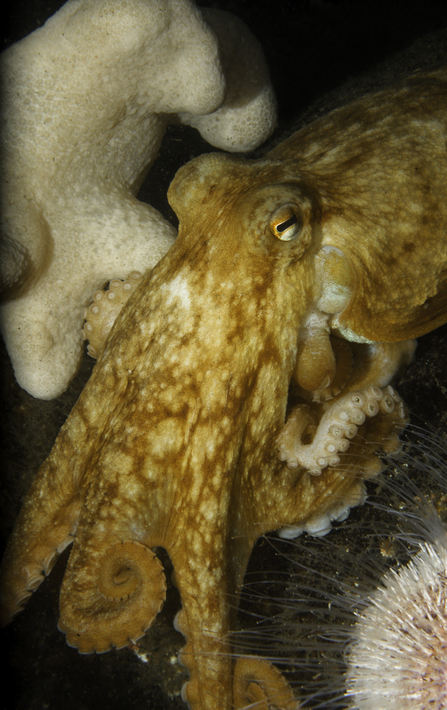
Common octopus ©David Stephens

